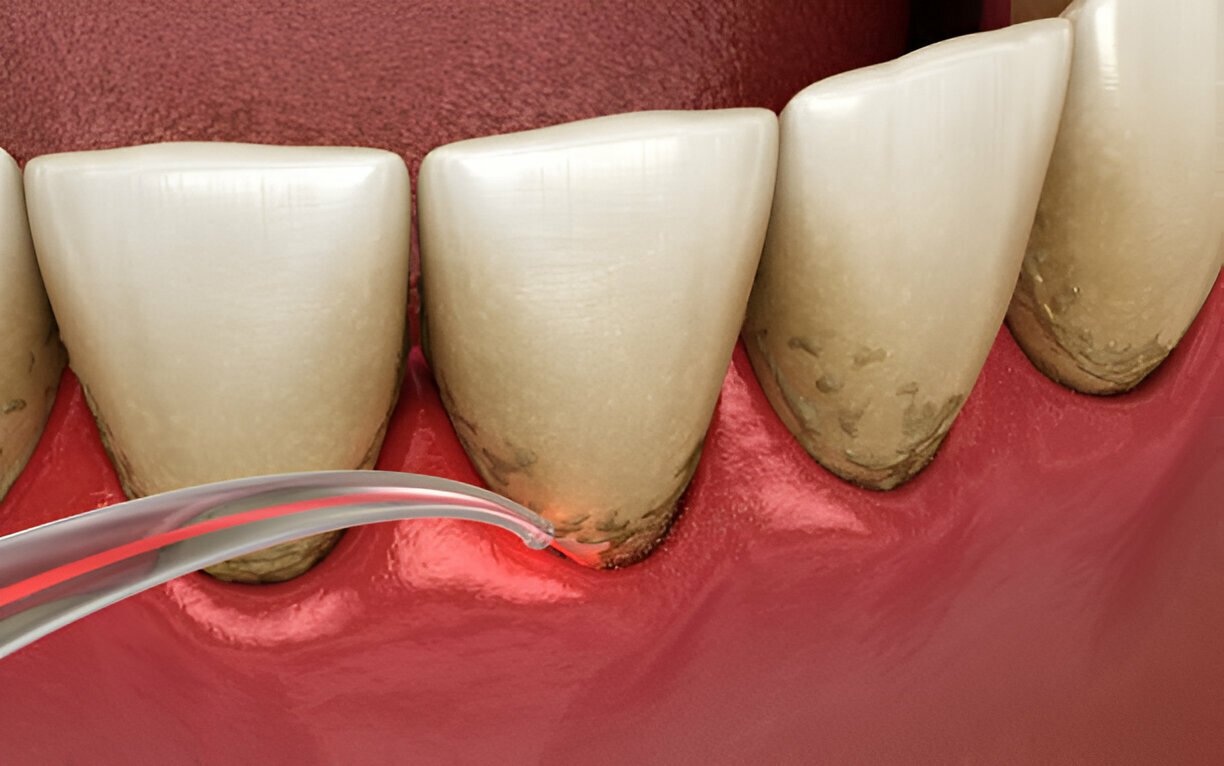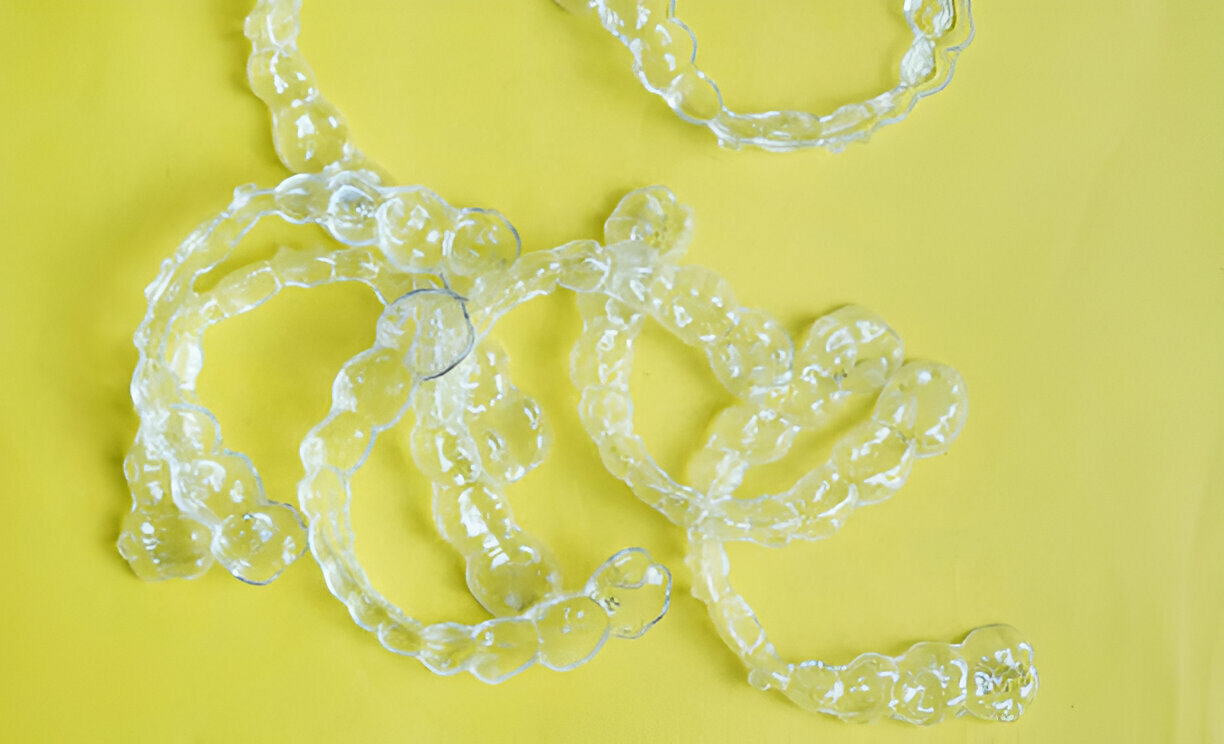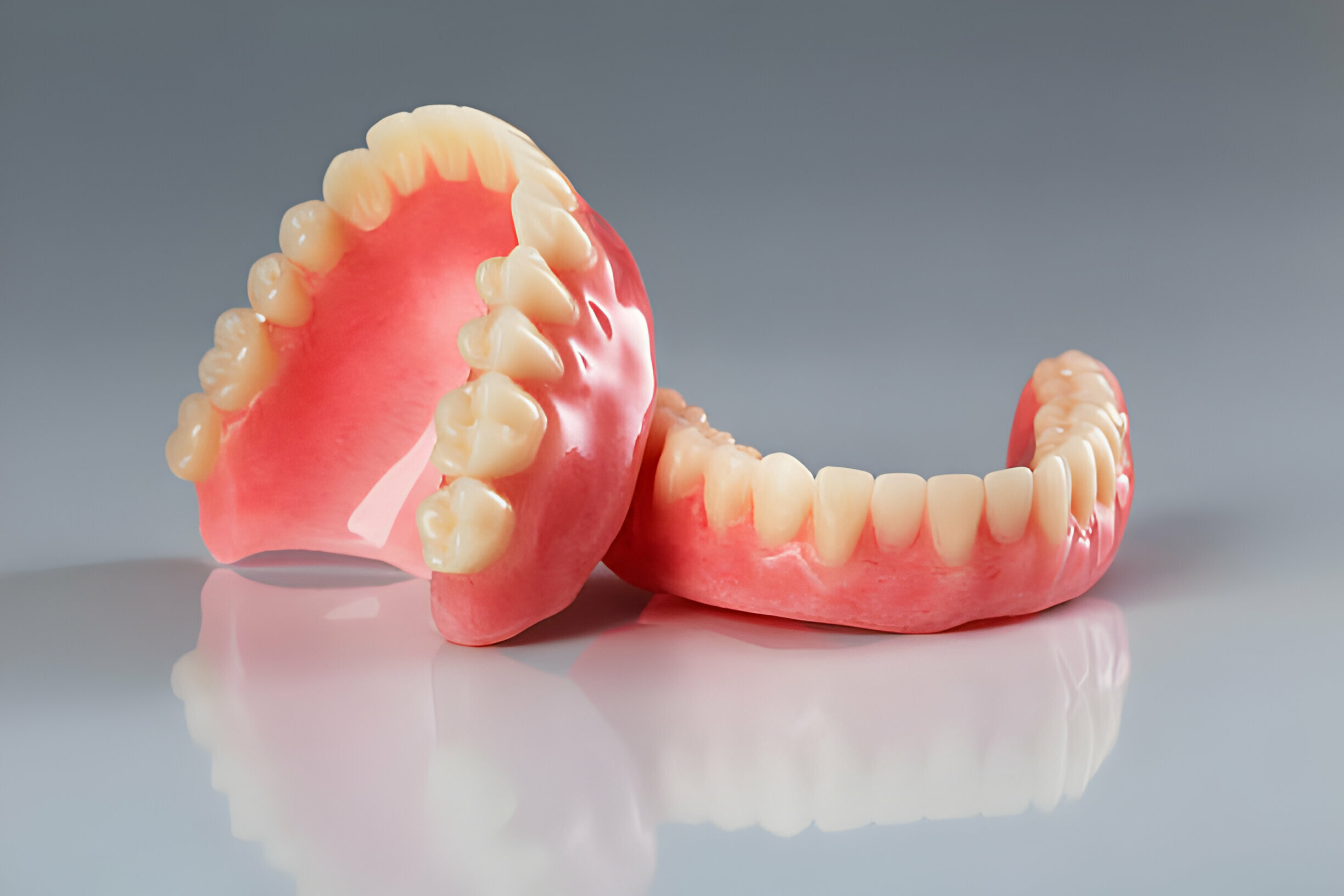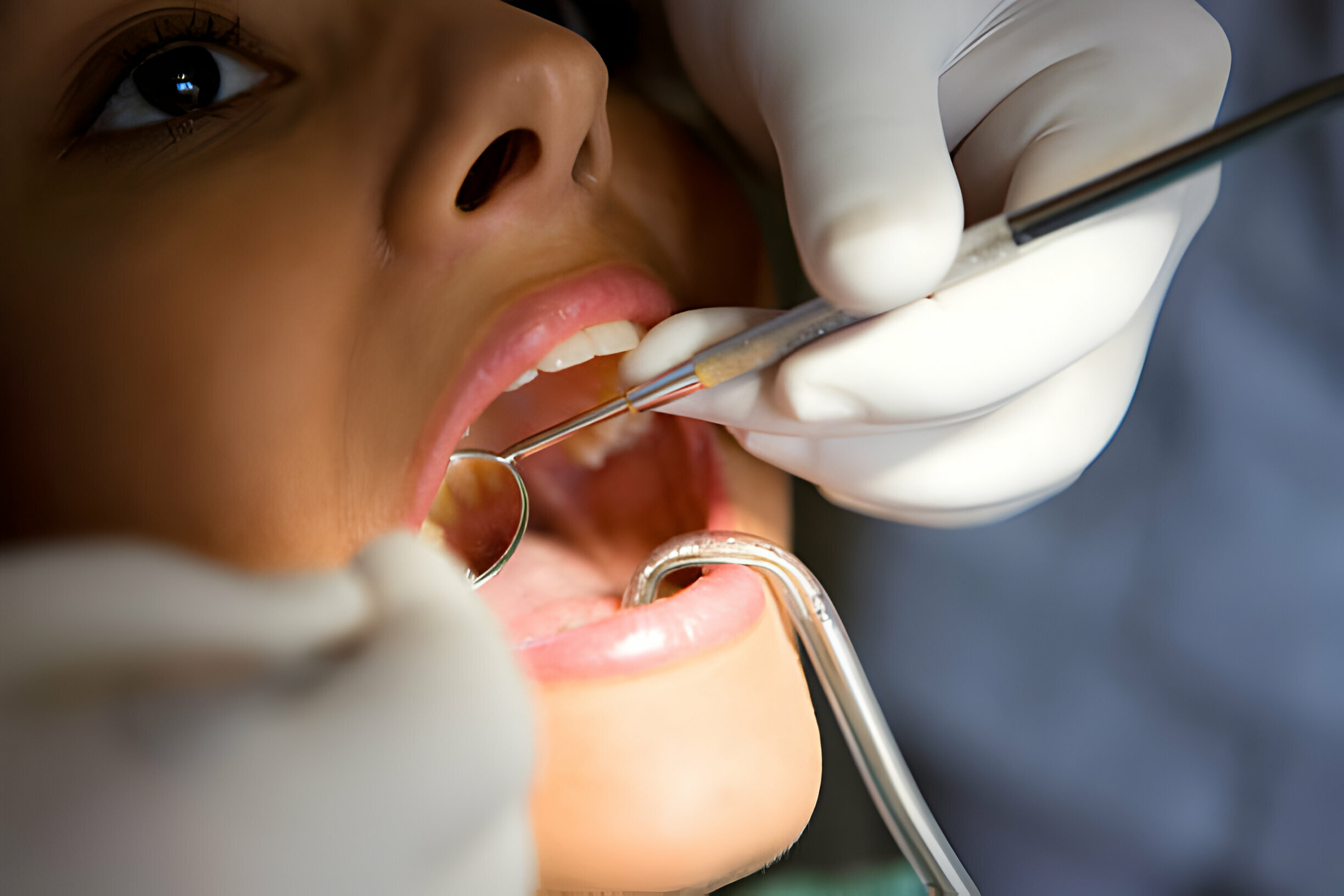Summary
Did you know?
An estimated 120 million Americans have missing or damaged teeth, impacting their smile significantly.
It is, however, interesting to note that most individuals belonging to this enormous chunk have no idea that their teeth can be fixed and that they have a chance to renew their smile.
Yes, you read it right! If a chipped, broken, or missing tooth bothers you, now might be the time to visit your nearest restorative dentist in Bloomfield. These professionals can help you fix, repair, and restore damaged teeth to renew your smile.

However, that’s not all! There are several benefits of staying in continuous touch with your restorative dentist. Let’s learn more about it via topics like:
- Understanding Restorative Dentistry – What is it About?
- The Amazing Benefits of Seeing Your Restorative Dentist Regularly
- Tips to Find the Best Restorative Dentist Near You
So continue reading as we learn more about the key benefits of visiting a restorative dentist regularly in the following sections.
Understanding Restorative Dentistry – What is it About?
Restorative dentistry includes a variety of operations designed to repair and restore the function and appearance of damaged teeth and gums. This branch of dentistry focuses on restoring the integrity of your oral health and smile by fixing your teeth and gums.
Once you visit your nearest restorative dentist in Bloomfield, they will use crowns and fillings to fix your chipped, cracked, decayed, or missing teeth. However, your dentist might sometimes use dental implants and bridges.
The Amazing Benefits of Seeing Your Restorative Dentist Regularly
Depending on their current oral condition, children and adults alike can benefit from restorative dentistry. Regular visits to the dentist help detect and treat issues before they worsen. Let’s take a closer look at the major benefits of restorative dentistry:
Improved Teeth Appearance
Dental restoration involves repairing and replacing damaged, missing, or contaminated teeth, which helps to restore an attractive grin. They also offer crowns, a less expensive and simpler alternative to dental implants.
Your dentist ensures they match the color of your teeth, making your orthodontic appliance blend with your existing teeth to give you a flawless, natural grin. However, you can also try professional teeth whitening for better results.
Better Chewing Function
Broken or deteriorated teeth can make it challenging to chew food properly. The injury disrupts the intimate synchronization of the teeth, jaw, and tongue. You risk stomach issues and choking when you can’t properly chew your food before swallowing.
Furthermore, relying on only one side to chew owing to discomfort from a broken tooth reduces your chewing ability. Restorative dental operations might enhance your speaking and chewing abilities. Your dentist can fix your bite function by realigning your teeth in position.
Improved Oral and Overall Health
Oral hygiene reveals a lot about a person’s general health. For example, the quality and look of your gums can indicate either good health or an increased risk of stroke, heart failure, diabetes, and other medical disorders.
Restorative dentists can help you maintain good oral health and reduce your chances of developing tooth and gum problems. These experts evaluate your teeth and prescribe the most effective methods to restore oral health.
Reduced Jaw Discomfort
Infected, damaged, and misplaced teeth cause many dental issues, from jaw stiffness and discomfort to constant teeth clicking. You frequently catch yourself biting your gums accidentally. The pain often leads to additional difficulties, such as difficulty sleeping and headaches.
Sundance Dentistry offers various procedures to help relieve discomfort and suffering, including performing root canals to remove diseased regions and replace them with fillings or dental crowns. Whatever the issue, we’ll address it and alleviate your suffering immediately.

Prevent Tooth Movement
The additional space created after a tooth is extracted makes room for tooth movement. This affects the alignment of teeth, resulting in a crooked grin and jaw pain. It also puts you in danger of additional costs for sophisticated dental operations.
Contacting your nearest restorative dentist can help you avoid more issues. Prompt services can prevent a disease from deteriorating, saving money and time on costly procedures. They will also assist your remaining teeth in maintaining their place.
Long-Term Preservation of Bone Structure
The objective of every dental operation is to save as much tooth structure as feasible. Dental crowns are an excellent illustration of this, as they encapsulate the residual structure. This saves the broken tooth while keeping its natural look.
Whether you want to replace lost teeth or repair damaged teeth, restorative dentistry has an answer. With these operations, your teeth can seem youthful for an extended period.
Tips to Find the Best Restorative Dentist Near You
Pick Experienced Professionals
Your ideal dentist should have a degree from a reputable dental school and be a Dental Association member. They should also practice general dentistry and be associated with a professional organization like the American Dental Association (ADA).
Dentists who are members of organizations are frequently required to participate in continuing education to keep up with industry advancements. Inquire about any further training your high-quality dentist may have completed to set them differently. You may not think of it immediately, but asking how long a dentist has been in business might provide peace of mind.
Check References and Reviews
Ask family members, acquaintances, and coworkers whether they can directly recommend a neighborhood dentist they have had good experience with. In particular, ask folks you know who have severe oral problems. If you know somebody who is generally afraid of dental appointments, find out who has worked best for them.
Check out the website of any dentist clinic you’re thinking about, and if you like what you see, check for dental patient reviews and references. The occasional negative comment on some third-party review websites may not be cause for alarm, especially if it is not recent.

Request a Callback
After extensively studying the dentist practice website, establish a list of any unanswered questions. Are you paying out of cash, or will you need procedures not covered by your dental insurance? If so, don’t forget to ask about the payment options.
You’ll want to know the practice hours, including their closed days. How do the dentist’s office hours work with your schedule? Are any evening or weekend appointments available if taking time off is problematic?
Visit their Clinic
In addition to calling your nearest dentist’s office, you should visit the facility before scheduling an appointment. This can help you determine whether the setting is soothing or stressful.
You do not want to spend time in a filthy office that gives you uncomfortable vibes. Another red flag is when the staff is impolite or uncooperative. Additionally, if you’re informed after your initial checkup that you require considerable work, and it appears out of nowhere, you should seek a second opinion.
Takeaway
- Restorative dentistry includes a variety of operations designed to repair and restore the function and appearance of damaged teeth and gums.
- Your ideal dentist should have a degree from a reputable dental school and be a Dental Association member.
- Dental restoration involves repairing and replacing damaged, missing, or contaminated teeth.
- Still doubtful about the possible benefits of restorative dentistry? Visit our professionals at Sundance Dental Bloomfield today!



